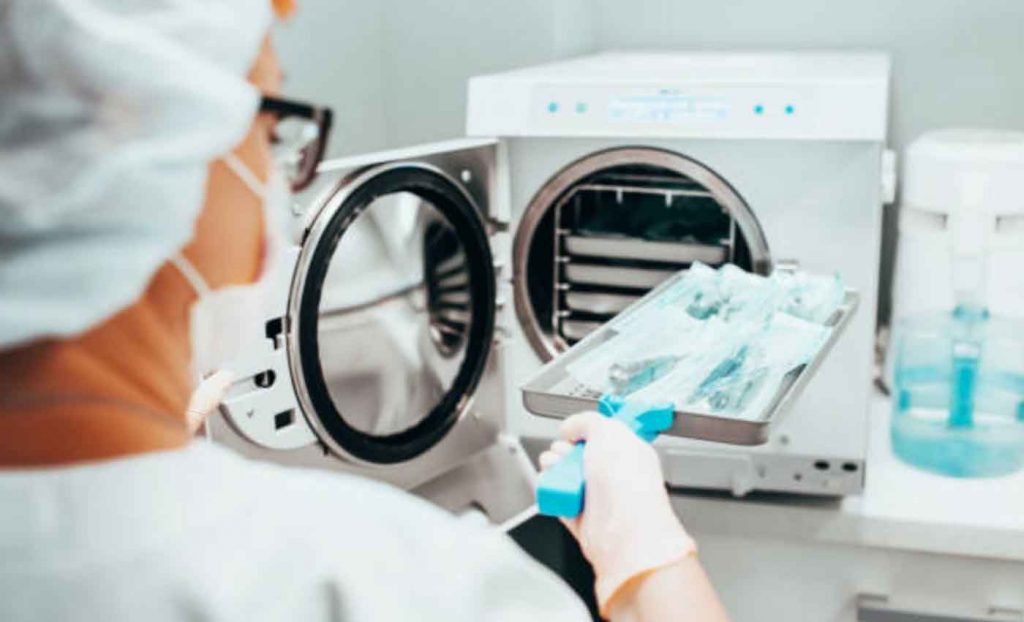Autoclaves are used to sterilise and clean equipment in lab and medical settings. They are advanced devices that untrained individuals cannot operate or maintain.
Autoclave sterilisation may sound a little on the dull side, but it is an important function in lab and medical settings.
Let’s find out more about autoclave sterilisation below:
-
What components make up an autoclave?
Autoclaves use steam to heat treat and sterilise equipment. They are manufactured to clean things like surgical instruments, beakers and any other piece of equipment that must be perfectly clean before use.
Steam is a powerful way to sterilise products because of its heat and ability to move quickly within a refined space. What’s more, steam can permeate areas that sponges and other cleaning products cannot, making it an effective weapon against germs and bacteria.
Autoclaves aren’t the most difficult pieces of technology to understand: they produce steam, with the device’s pressure and temperature using multiple sensors to ensure that it is functioning properly.
The autoclave’s inside is made up of several “chambers” that produce steam and allow it to move under pressure, making it easy to move the steam around devices that require treatment.
Most autoclaves are cylindrical in shape as cylinders are a good way to support the required pressure for optimal functionality. Autoclaves have to be robust and quite thick as they contain a lot of pressure and high-temperature steam.
-
How do autoclaves work?
Autoclaves have the ability to reach incredibly high temperatures. The steam can reach 270 degrees and even higher. With this in mind, autoclaves have a thick wall and door that can lock securely without reopening until the machine has completed its task.
The most important part of the autoclave is the chamber where the equipment is cleaned and sterilised. The chamber will contain shelves that allow pieces to remain separated, with the steam able to flow without hindrance throughout the chamber.
The autoclave also contains a water reservoir that is heated to create steam and a thermostatic trap that catches the steam as it flows out of the chamber. A safety valve is used to control the system pressure, and there is a wastewater system or vacuum system that removes water.
The device also features numerous timer controls and thermostats that ensure the sterilisation process is completed correctly. Autoclaves can utilise different components to clean and sterilise the items located within them. Steam and gravity are at the forefront of how an autoclave is able to function correctly and are suitable for most equipment treatments.
Vacuum pressure or liquids can be used for cleaning. In medical applications, particular autoclaves utilise incredible high temperature “flash” treatments to make sure that the items being cleaned are thoroughly cleaned and sanitised.
Flash cleaning can only be used in very specific situations, however, and utilised a steam method to hit temperatures that are much higher than those used in smaller lab applications.
Any device that uses flash for sterilisation must be properly calibrated as well as ensuring that the locks and seals are in perfect condition because these kinds of health equipment malfunctions can be extremely dangerous.
Flash sterilisation can be extremely dangerous if the temperatures are not properly controlled or the seals are faulty, so it is important to ensure that the temperature is properly controlled and the seals and locks are well-looked after by a professional who knows how to maintain the autoclave.
